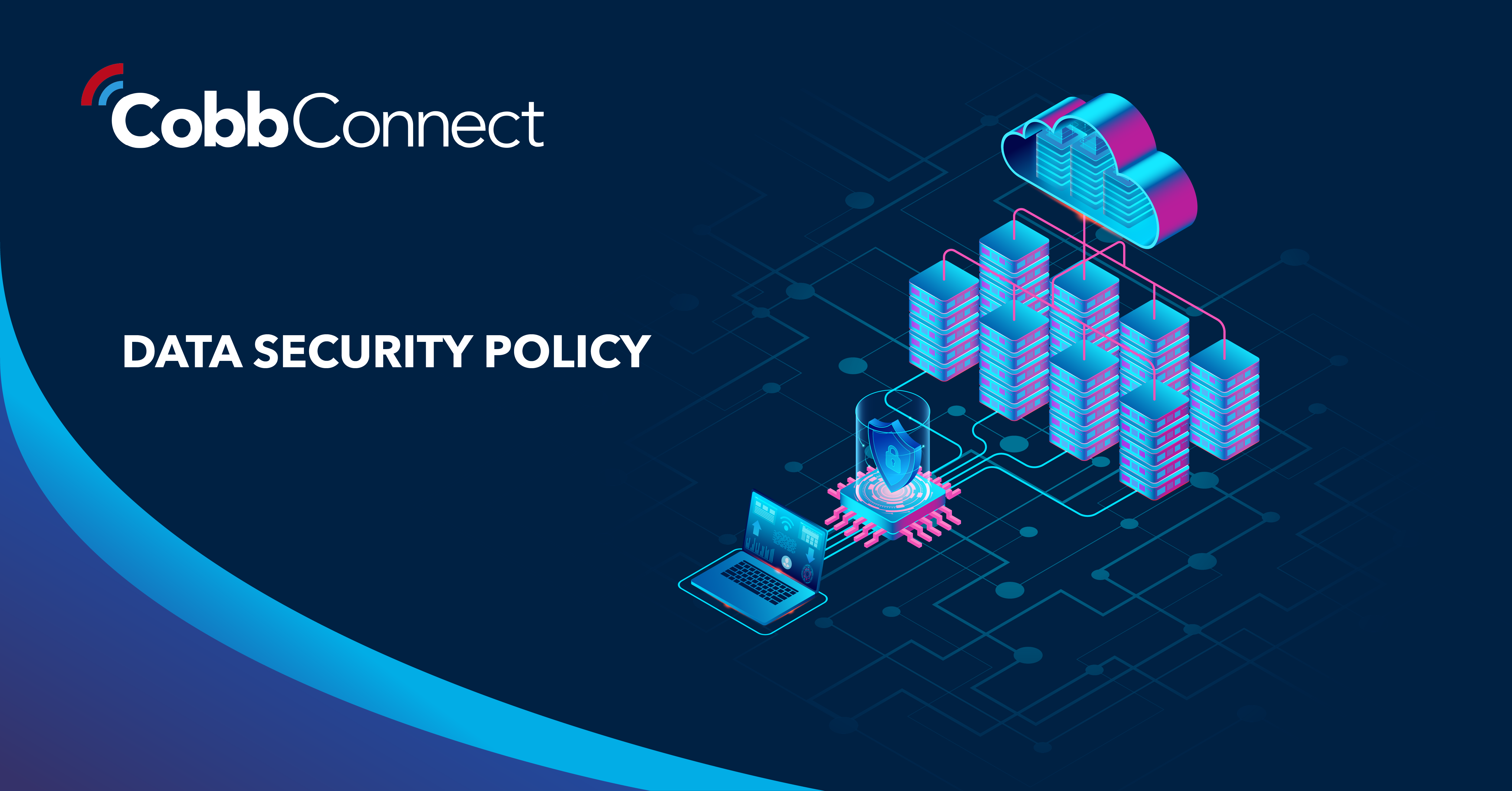2 min read
We “LOUVRE” Strong Passwords: How a Weak Password Can Lead to Big Losses
The Louvre’s password became the punchline of a global story after a heist revealed major security concerns for the museum. Reports say the password...

This blog was updated on Friday, May 8th 2020.
Never before have businesses relied so heavily on technology — and this reliance will only grow in the coming months and years. But how are businesses supposed to navigate this rapidly expanding and evolving technological landscape?
With the help of a subject matter expert, of course. Technological SMEs tend to come with the very expensive title of “CIO,” however — and for many small-to-medium sized businesses, hiring a CIO is not within their available budget.
This is where a vCIO can help. Short for “virtual Chief Information Officer,” a vCIO provides your business with all of the benefits a CIO brings to the table, but at a fraction of the price.
So, what are the benefits of a vCIO?
As of the state of business post COVID-19, that last benefit listed — remote access — is of paramount importance. Since vCIOs provide most of their services virtually, as their title implies, they are experts at providing support and guidance remotely, and will usually come paired with the services of a MITS (Managed IT Service) team, also referred to as a MSP (Managed Service Provider).
A MITS team, when compared to an internal IT department, is similar to the relationship between a CIO and a vCIO — fully managed IT service teams function almost exactly like an internal IT department, but remotely. While MITS teams will go onsite to update and install hardware, most of their systems management happens remotely; again, just like the relationship between a CIO and a vCIO, this provides you with access to all of the benefits of an internal IT department, but at a fraction of the associated cost.
With the support of a fully functioning IT department and a CIO (and all at a more affordable price), utilizing a vCIO is the most effective answer to where the state of business currently is, and where it is headed — mobile.
Now, let’s go over the other benefits a vCIO can bring to your business.
A traditional CIO functions as a company’s tech strategy authority figure, and is responsible for managing and planning the evolution and management of their business’ ecosystem. CIOs spend a large chunk of their time learning the capabilities and implications of new tech — whether it’s software, hardware, or anything that fits into the amalgamation of interlocking 3D puzzle pieces that is the tech sphere.
In essence, a CIO is someone who needs a masterful view of tech at the highest level — with the capability of getting as granular as arguing the benefits of Kubernetes over Kerberos. And that is an expensive addition to your payroll.
Not only does a vCIO give you this same insight for a much smaller spend, this virtual position brings with it another benefit over the traditional CIO. Due to their wide array of clients, vCIOs have access to a much larger database of available solutions — where a traditional CIO will only be able to reference their current solutions, a vCIO will have up-to-date experience in upgrading and maintaining a myriad of business operations, tasks, and systems.
In addition to this, as mentioned above, a vCIO needn’t be in your county, city, or even state — when you bring on a vCIO and MITS team as your MSP, you bring on the best fit for your business — all while not needing to pay for a CIO’s relocation to your area. The vCIO and MITS model grants you access to the best talent — not the closest available professional.
Due to how resource intensive maintaining the position of CIO is for many SMBs, more often than not, companies will rely on making use of outside consultants that come in only after a problem presents itself, or technology becomes so outdated that it’s necessary to upgrade infrastructure in order to continue working.
This, however, begrudges the main benefit of a CIO — the main purpose of which is to keep their eyes on the horizon, and identify new technological opportunities in order to improve business function and profitability — and from this problem arose the vCIO.
Just as a MSP remotely manages your IT infrastructure, so too does a vCIO help your company strategize your tech needs. Upgrading systems, whether they are hardware or software, is both a labor intensive and high cost endeavor, however. A vCIO can help you not only determine what are the best solutions, but what is the best solution at the best price. As a bonus, a vCIO will likely have options from which to mix-and-match in order to create a tailor-made, affordable solution for your business.
So, what is the difference between hiring a consultant versus hiring a vCIO? And in addition to this, what is the difference between a break/fix IT solution versus partnering with a Fully Managed IT Service?
When speaking to the differences between a consultant and a vCIO, the answer is simple. A vCIO continuously works with your company under a contract, just like a subscription fee. A consultant only works with you for a limited amount of time, and while they usually don’t come with a recurring cost, they will charge more for the time they do give you.
Through a vCIO, your business will have access to regularly-scheduled consultative meetings, covering any topic you’d like to learn more about, or questions you have concerning your office’s environment.
In addition to these meetings, vCIOs will usually provide QBRs covering the state of your business’ technology — including information about maintenance performed, risks averted, updates scheduled, noticeable trends, potential future issues, and potential future solutions.
When paired with a MITS team, these consultative meetings can be followed by action — meaning your business can stay up-to-date, secure, and productive, all without worrying about sourcing, training, and paying for an internal IT department. It is worth mentioning, however, the difference between a fully managed IT service, and a break/fix IT service.
Break/fix IT providers tend to rely on their namesake — the “break/fix” model of IT solutions — meaning a problem will present itself, the cause will be diagnosed, and then a solution will be implemented. A Fully Managed IT Service team, on the other hand, will continuously monitor a company’s network and ecosystem in order to stop problems before they begin.
With a vCIO on board, a MITS team can both prevent any delay or inefficiency in your digital operations, as well as help steer your company to make the most cost effective tech decisions.
A vCIO will also manage any project your business takes on when upgrading your technology and solutions. In order to do so, a vCIO (and usually other specialists from the MITS team) will analyze the daily processes and workflows of your organization, as well as the infrastructure of your network, and its corresponding software solutions.
During these network analyses, the MITS team will often find opportunities for boosting productivity through automation or specific hardware and software solutions, which can then be presented by the vCIO to your decision makers.
The purpose of a vCIO is to take insight that was previously reserved for the C-Suite corporate conglomerate and give it to SMBs. We already live in a day and age where an artist on Etsy can sell a graphic mug that was designed in the US, made in the Philippines, and bought in France — there’s no reason a small-to-medium sized business can’t benefit from a CIO. Many SMBs have benefited from a vCIO, and found a space where they can compete against the large corporations.

2 min read
The Louvre’s password became the punchline of a global story after a heist revealed major security concerns for the museum. Reports say the password...

6 min read
Organizations of all sizes handle enormous volumes of data. Data is one of the most valuable assets of any organization.Unfortunately, it’s also a...

5 min read
In today’s digital-first workplace, your network is more than just a connection point; it’s the foundation of your operations. Whether your...